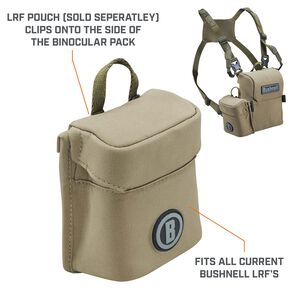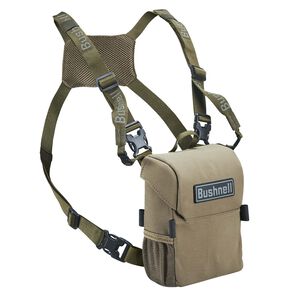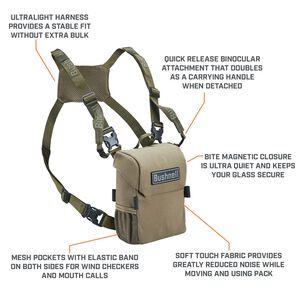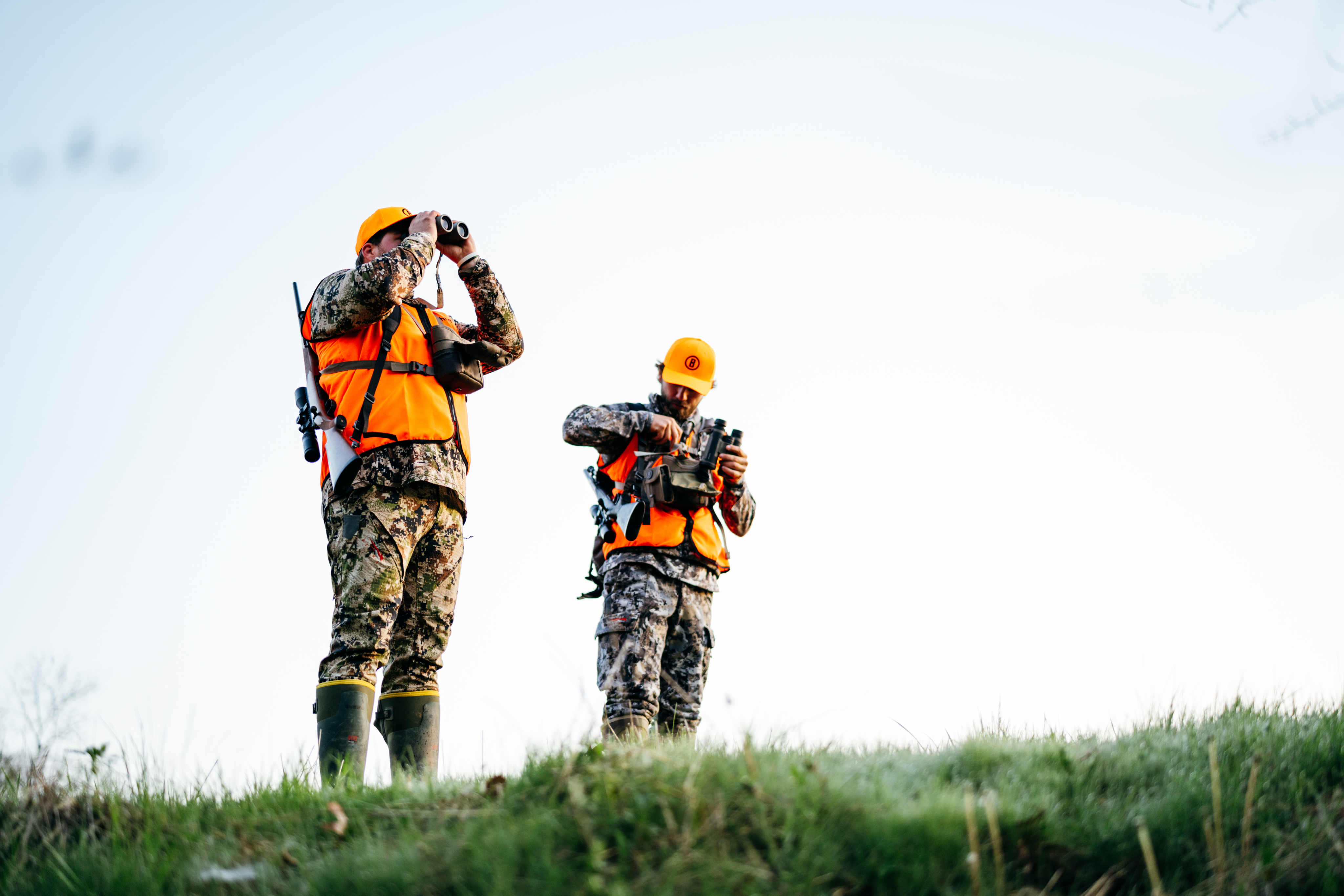
THINK YOU ONLY NEED ONE BINOCULAR? THINK AGAIN
Let’s talk tools for a bit. More specifically, let’s talk screwdrivers. When it comes to affixing fasteners, there are two primary styles of screw to choose from: Philips and standard slotted varieties.
Now, let’s take a quick trip to your toolbox or workbench and do an inventory. How many of each type of screwdriver do you have? Odds are, you have several of each flavor. Why? Because even through there are but two primary styles of screwdrivers, varying applications call for varying options.
Now, let’s talk binoculars.
Binos come in an array of configurations with varying powers, objectives, physical size and weight. Sure, you can choose a single model and make do but if you truly want to up your optics game and take full advantage of the benefits they provide, a strong argument can be made for owning more than one pair of binoculars. So let’s jump in and make that argument.

BINO 1: The In-Field Go-To
Heading afield without a binocular strapped to their chest is a non-starter for a whole lot of hunters. It’s simply not an option and the majority of hunters will focus the majority of their optics scrutiny on the binocular they will use in the field. For those whose primary passion is whitetails in Midwestern farm country, a solid 10X model of is a great choice. The Prime 10x42, for example, offers the ideal balance of 10-power magnification and ample light-gathering thanks to the 42mm objective lens. Weighing in at 23.3 ounces, the model offers just enough heft to be steady in your hand but isn’t so heavy as to be a burden around your neck or when stowed in the Vault modular pack.
If you spend more time glassing open country, stepping up to a bit more magnification makes sense and the Prime 12x50 allows you to scan those distant horizons of the open plains yet still weighs in at a manageable 33.5 ounces.

BINO 2: The Scouting-Specific Option
A whole lot of scouting is done from the cab of your truck. But are you maximizing that time by using an optic best suited for the job? Yes, the bino you use in the field will work. But, there are alternatives that can do the task even better.
Here, weight and overall size of the binocular is of less importance than the model you take afield. This is where you can ramp up magnification and objective lens size to cover as much ground as possible while gathering the maximum amount of light. Remember, we’re talking long-range surveillance from a position of stability.
The Forge 15x56 binocular, for example, is an ideal truck-cab companion with its impressive magnification and rugged build qualities. The bino has a built-in tripod receiver so it can easily be attached to a window mount as well for hands-free observation.
BINO 3: The Mobile Optic
Quick, speed-scouting sessions are a great way to find game in a hurry when time is limited. In these situations, staying mobile is key and reduced weight and bulk benefits that mobility. A simple “go” pack is generally all that’s required to get boots on the ground and find the hot sign you’re looking for. In this instance, a chest-mounted binocular may not be needed and can often get in the way…but having an optic always at the ready is just good practice. This is where a compact binocular that’s easily stashed away shines brightest.
The Prime 8x32 is a great example of an ideal pack optic. It weights just 16.9 ounces and measures less than five inches in length, making it super-easy to stow in even the smallest pack. Yet it offers a wide field of view and just the right level of magnification for scanning areas for potential stand locations, fresh sign and unseen terrain features.






